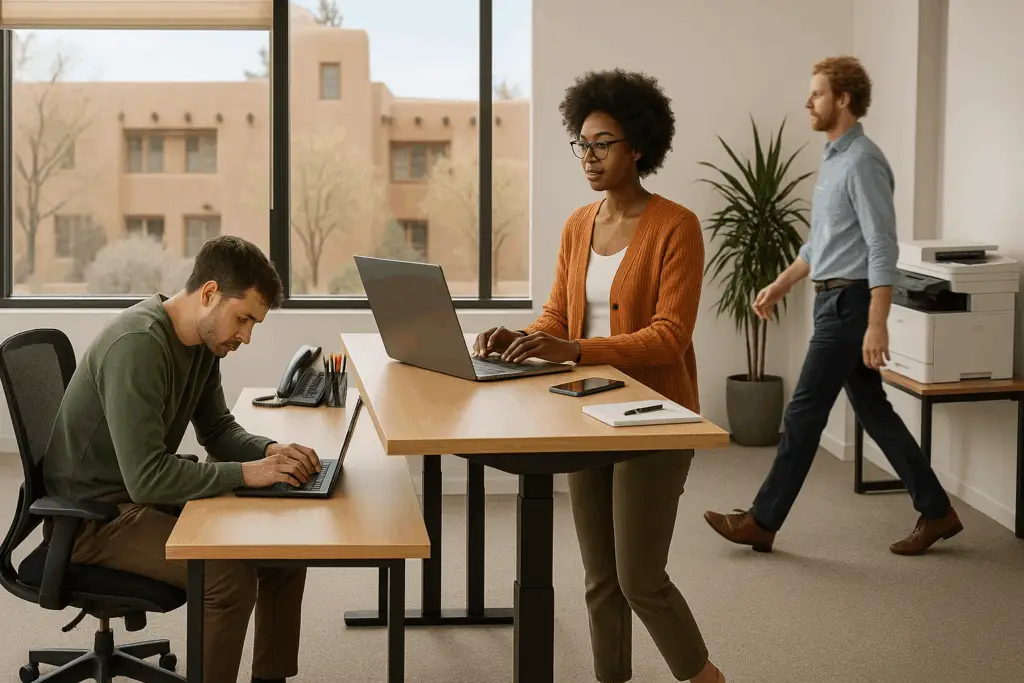
Is Sitting Really the New Smoking?
It’s no secret that modern life means too little movement. Research shows that sitting more than six hours a day leads to an increased risk of heart disease, diabetes, disability, and early death. The American Cancer Society’s 18-year study of 123,000 subjects found higher death rates in those who sat longest. It’s why excess sitting is now compared to smoking for its negative health impact.
Are Standing Desks the Best Solution?
Pros and Cons Backed by Science
Standing desks have surged in popularity. Companies like UpDesk report massive sales growth, and studies confirm that breaking up sitting time can reduce musculoskeletal discomfort, boost energy, and improve posture. Interventions with sit-stand desks show improvements for some markers of cardiometabolic and vascular health—especially when combined with overall movement.
Yet, evidence also points out limits: calorie burn from standing is minimal. Long hours of standing can lead to enlarged veins, compressed spine, and even reduced productivity if done excessively. Dr. Jos Verbeek highlights that the research on standing desks is “fashionable and not proven good for your health,” and studies caution against standing all day.
Risks of Prolonged Standing
Spending too much time on your feet can be as problematic as over-sitting. It raises vein risks, can worsen lower back pain, and doesn’t solve underlying inactivity.
What Can Santa Fe Actually Do?
Movement Is the Real Solution
Real progress comes from changing habits—not just switching from sitting to standing. Experts recommend moving every 30 minutes: sit for 20, stand for 8, and use 2 minutes to stretch or walk. Structural tweaks like placing the printer farther away or restricting easy elevator access help encourage movement. In long-lived regions like Okinawa, Japan, people sit on the ground, get up often, and walk as a primary mode of transportation—all proven to support cognitive health and longevity.
Walking is the Ultimate Medicine
Decades of research confirm what Blue Zones like Okinawa show: regular walking directly counters the negative health impact of sedentary life and is tied to extended lifespan and cognitive health.
The Balanced Truth for Santa Fe
While standing desks aren’t the full answer, neither is constant movement. The healthiest approach is intentional activity: reduce sitting, use standing as a tool, and make walking, stretching, and frequent posture changes a normal part of every workday.
Learn more about posture, mobility, and movement with Global Postural Stretching:
Global Postural Stretching
Find out more @

Leave a Reply